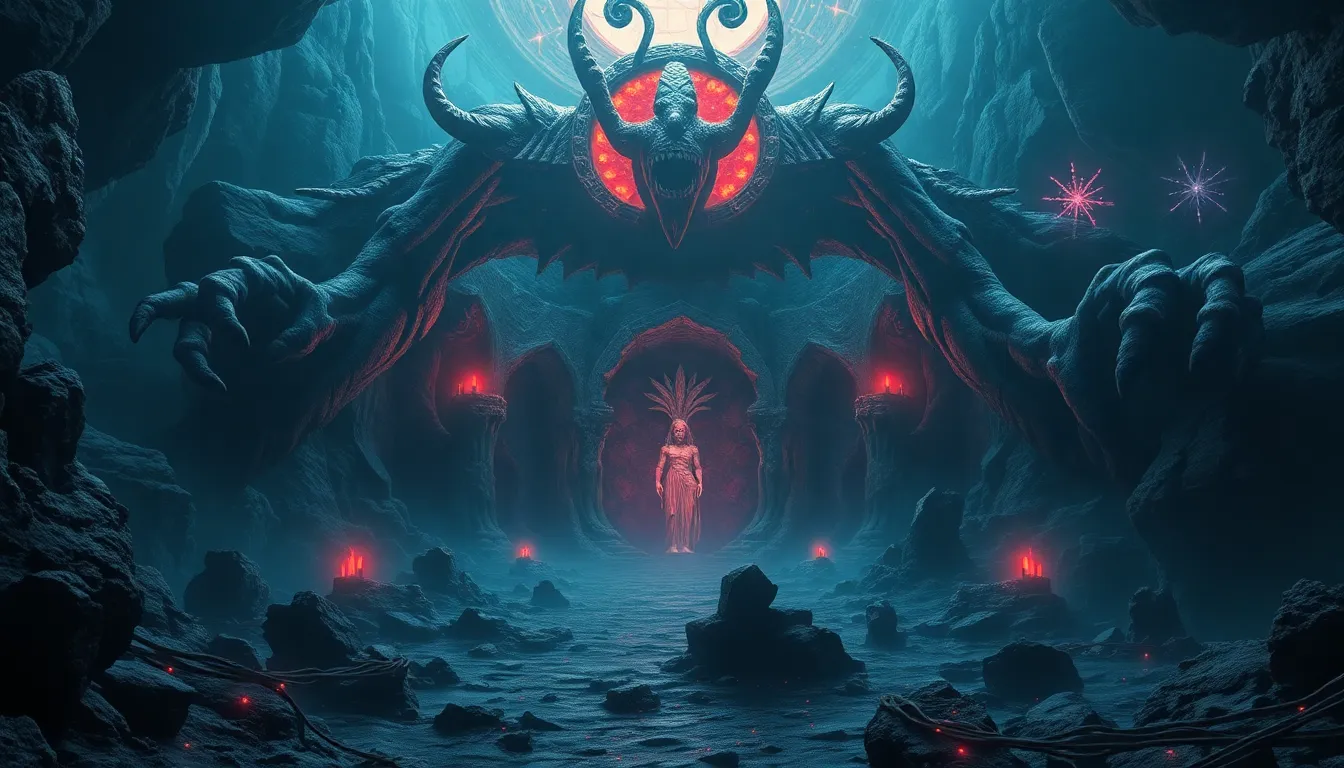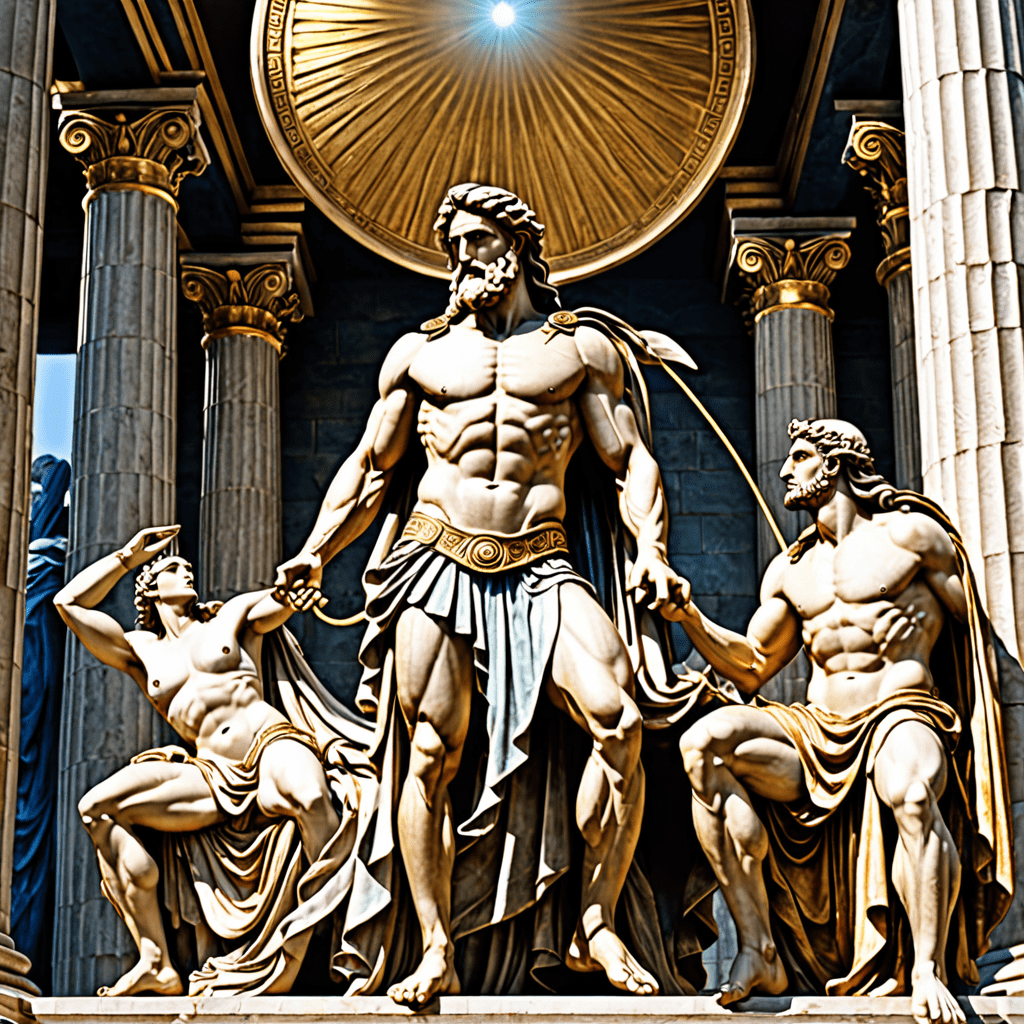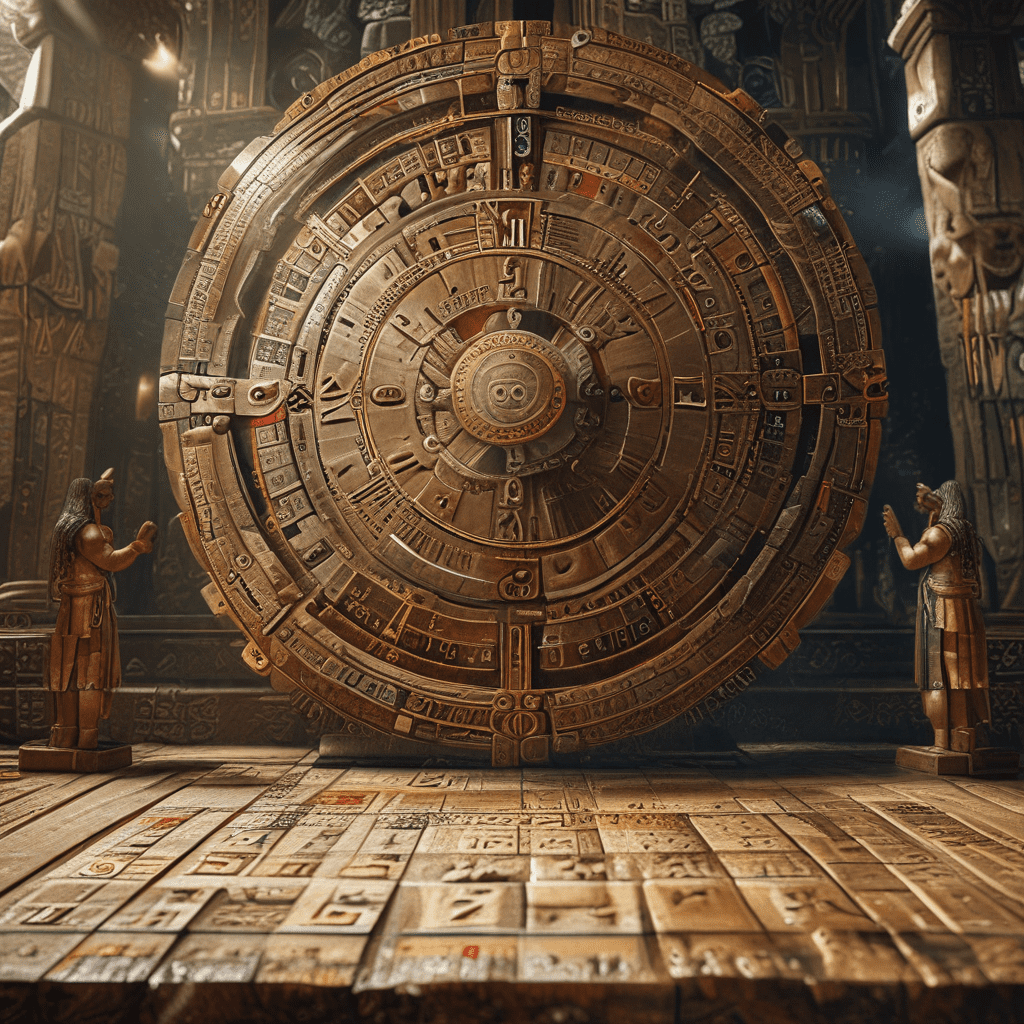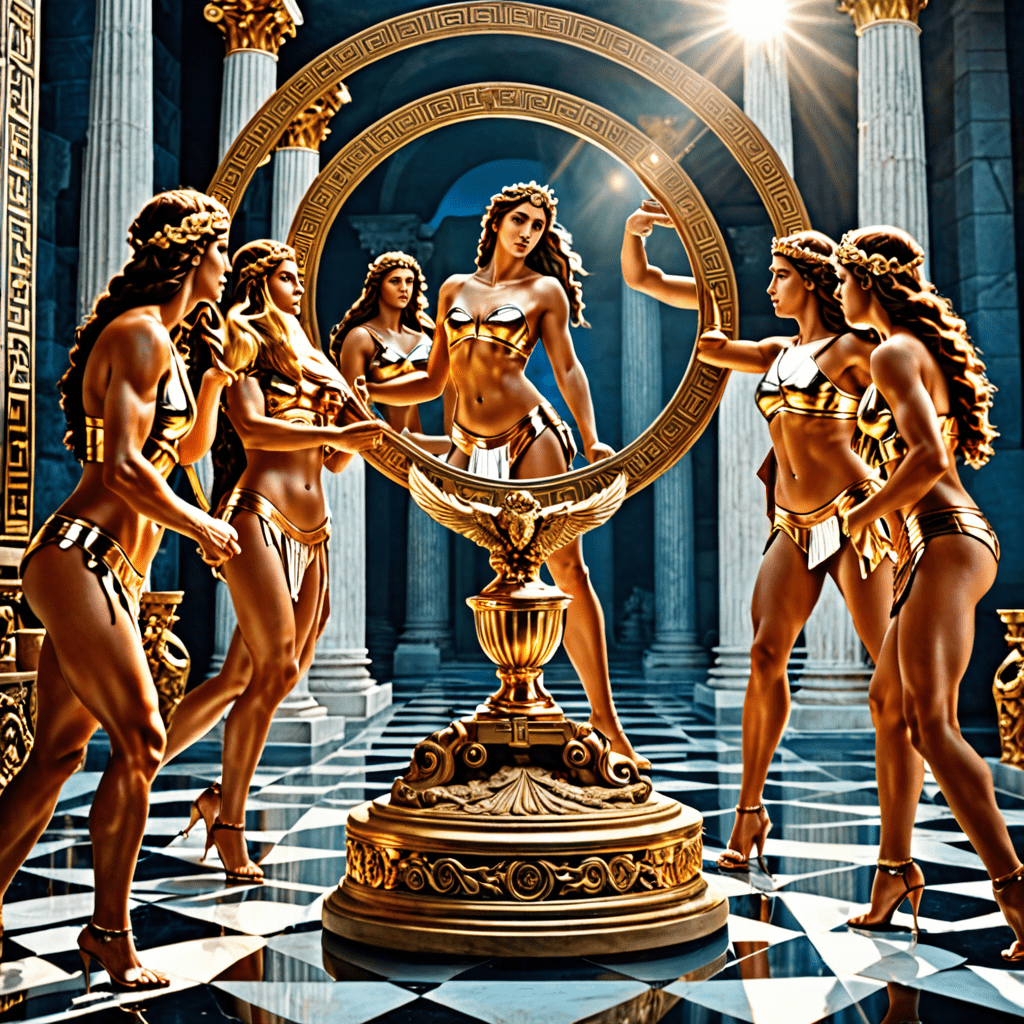Underworld Myths: A Deep Dive into Death and the Afterlife
I. Introduction to Underworld Myths
Underworld myths are narratives that explore the realms of the dead and the afterlife, revealing how different cultures understand and interpret death. These myths often serve to explain what happens after we die, reflecting deep-seated beliefs and values regarding mortality.
Across the globe, perspectives on death and the afterlife vary significantly, influenced by cultural, religious, and philosophical ideologies. From the eternal resting places of ancient Egyptians to the elaborate conceptions of the afterlife in Greek mythology, each culture has crafted its own understanding of what lies beyond.
The purpose of this article is to delve into the rich tapestry of underworld myths, examining their historical contexts, notable figures, structural designs, rituals, psychological implications, and their resonance in modern culture.
II. Historical Context of Underworld Myths
Throughout history, ancient civilizations have constructed elaborate beliefs surrounding the underworld, often reflecting their societal norms and values.
- Mesopotamia: The Sumerians believed in a dreary underworld called Kur, where all souls, regardless of their actions in life, would reside.
- Egypt: The ancient Egyptians had a complex view of the afterlife, centering around the god Osiris, who judged the souls of the deceased.
As civilizations evolved, so did their concepts of the underworld. The transition from polytheistic beliefs to monotheistic religions ushered in new interpretations of life after death. Additionally, cultural and religious practices influenced these beliefs, leading to a rich diversity of underworld myths.
III. Major Underworld Figures Across Cultures
Many cultures have prominent deities and figures associated with the underworld. Some of the most notable include:
- Greek Mythology: Hades, the god of the underworld, rules over the realm where souls reside, while Persephone, his wife, represents the cycle of life and death.
- Egyptian Mythology: Osiris, the god of the afterlife, presides over the judgment of the dead, weighing the hearts of the deceased against the feather of Ma’at.
- Norse Mythology: Hel, the goddess of the underworld, oversees those who did not die a heroic death, while warriors go to Valhalla to feast and prepare for Ragnarok.
- Hinduism: Yama, the god of death, guides souls to their next lives and oversees the cycle of reincarnation.
IV. The Structure of the Underworld in Various Myths
The structure of the underworld varies widely across cultures, often depicted as a multi-layered realm with various regions for different types of souls.
- Descriptions: The Greek underworld is divided into several regions, including Elysium, for the virtuous, and Tartarus, for the damned.
- Rivers and Barriers: Many myths include significant rivers, such as the Styx in Greek mythology, which souls must cross to enter the afterlife.
- Punishment and Reward: Concepts of punishment and reward are common, with souls facing consequences for their earthly actions.
V. Rituals and Practices Surrounding Death
Rituals related to death play a crucial role in many cultures, often serving to honor the deceased and facilitate their journey to the afterlife.
- Funeral Rites: Practices such as mummification in Egypt or cremation in Hinduism reflect the importance of proper send-offs.
- Offerings and Sacrifices: Many cultures make offerings to appease underworld deities, ensuring safe passage for the deceased.
- Shamans and Guides: Spiritual leaders often assist in the transition, helping souls navigate the afterlife.
VI. The Psychological and Social Implications of Underworld Myths
Beliefs about the afterlife significantly influence societal norms and personal behaviors, providing a framework for understanding death.
- Societal Norms: Cultural attitudes towards death shape funeral practices and mourning rituals, demonstrating respect for the deceased.
- Grief and Mourning: Underworld myths provide a narrative that helps individuals cope with loss, allowing for communal grieving.
- Psychological Comfort: The belief in an afterlife offers reassurance and hope for many, alleviating fears surrounding death.
VII. Comparative Analysis of Underworld Myths
When comparing underworld myths, several similarities and differences emerge across cultures.
- Similarities: Common themes include the fear of death, the hope for immortality, and the moral implications of one’s actions in life.
- Differences: The specific figures and realms associated with the afterlife can vary dramatically, reflecting each culture’s unique worldview.
- Globalization: Modern beliefs about the afterlife are influenced by globalization, leading to the blending of traditional and contemporary ideas.
VIII. Underworld Myths in Modern Culture
Underworld myths continue to resonate in modern culture, influencing literature, film, and art.
- Representation: Ancient myths are frequently adapted in contemporary storytelling, exploring themes of mortality and the afterlife.
- Resurgence of Interest: There is a growing fascination with ancient beliefs, as people seek to connect with their cultural heritage.
- Modern Interpretations: Today’s interpretations often reflect current societal concerns, merging ancient wisdom with modern existential questions.



